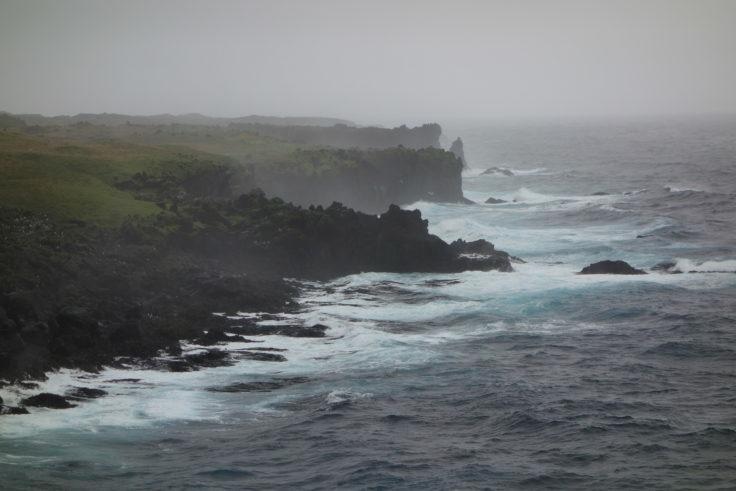Dec 10 2020
The most high-resolution past record of the Southern Hemisphere westerly winds has now been developed by polar climate scientists.
 The coast of sub-Antarctic Marion Island. Sea spray is washed over the land and into nearby lakes. Image Credit: Dominic Hodgson.
The coast of sub-Antarctic Marion Island. Sea spray is washed over the land and into nearby lakes. Image Credit: Dominic Hodgson.
The study findings were published on December 9th, 2020, in the Communications Earth and Environment journal and explain how the winds could probably strengthen and migrate poleward with the warming climate. The study offers data that will enhance the precision of models that predict the future.
The westerly winds (called the furious fifties, roaring forties and screaming sixties with respect to their latitude) are specifically strong since there is a lack of continental landmasses in the Southern Ocean to reduce their speed.
They play a vital role in controlling the amount of carbon dioxide (greenhouse gas) exchanged between the air and ocean. They have also been associated with droughts and wildfires, as well as changes in ocean circulation, ice shelf stability and sea ice extent.
Scientists have recreated a 700-year record of the winds with the help of radiocarbon-dated sediment cores gathered from a coastal lake on sub-Antarctic Marion Island. The island is situated to the southeast of South Africa and positioned exclusively within the core belt of the winds.
The researchers quantified variations in the accumulation rate of wind-blown sea salts by analyzing diatoms—tiny algae, particularly microalgae—bound to the sediment, along with wind-blown dust, to determine the past wind strength.
The findings reveal that during cool periods, like the Little Ice Age (c. 1400–1870 CE), the winds weakened and moved toward the equator, and during warm periods (before 1450 and after 1920) they strengthened and migrated poleward.
From this unique high resolution record we can see how much the westerly winds have changed over the last 700 years. By looking at the past we can better understand what’s happening now and what might happen in the future. It’s clear that since the 1920s the winds have been migrating south and, with predictions for climate warming, this is likely to continue.
Dr Bianca Perren, Study Lead Author and Paleoclimatologist, British Antarctic Survey
According to Professor Dominic Hodgson, the Principal Investigator of the project from the British Antarctic Survey, “With the rapid changes now occurring in the Earth’s climate it is especially important that we use historical data to increase the accuracy of our climate models. This study has revealed the behaviour of the westerly winds long before satellites and on the ground measurements began.”
“It shows us that climate warming drives moisture bearing winds southwards away from Australia, South America and South Africa. The immediate human consequences of this are increased droughts and wildfires,” added Prof. Hodgson.
This project was supported by British Antarctic Survey and the South African National Antarctic Program in collaboration with scientists from the University of Ghent. The study was financially supported by the UK Natural Environment Research Council, Research Foundation Flanders, Swiss Polar Institute, and the South African Department of Environmental Affairs.
Journal Reference:
Perren, B. B., et al. (2020) Southward migration of the Southern Hemisphere westerly winds corresponds with warming climate over centennial timescales. Communications Earth & Environment. doi.org/10.1038/s43247-020-00059-6.